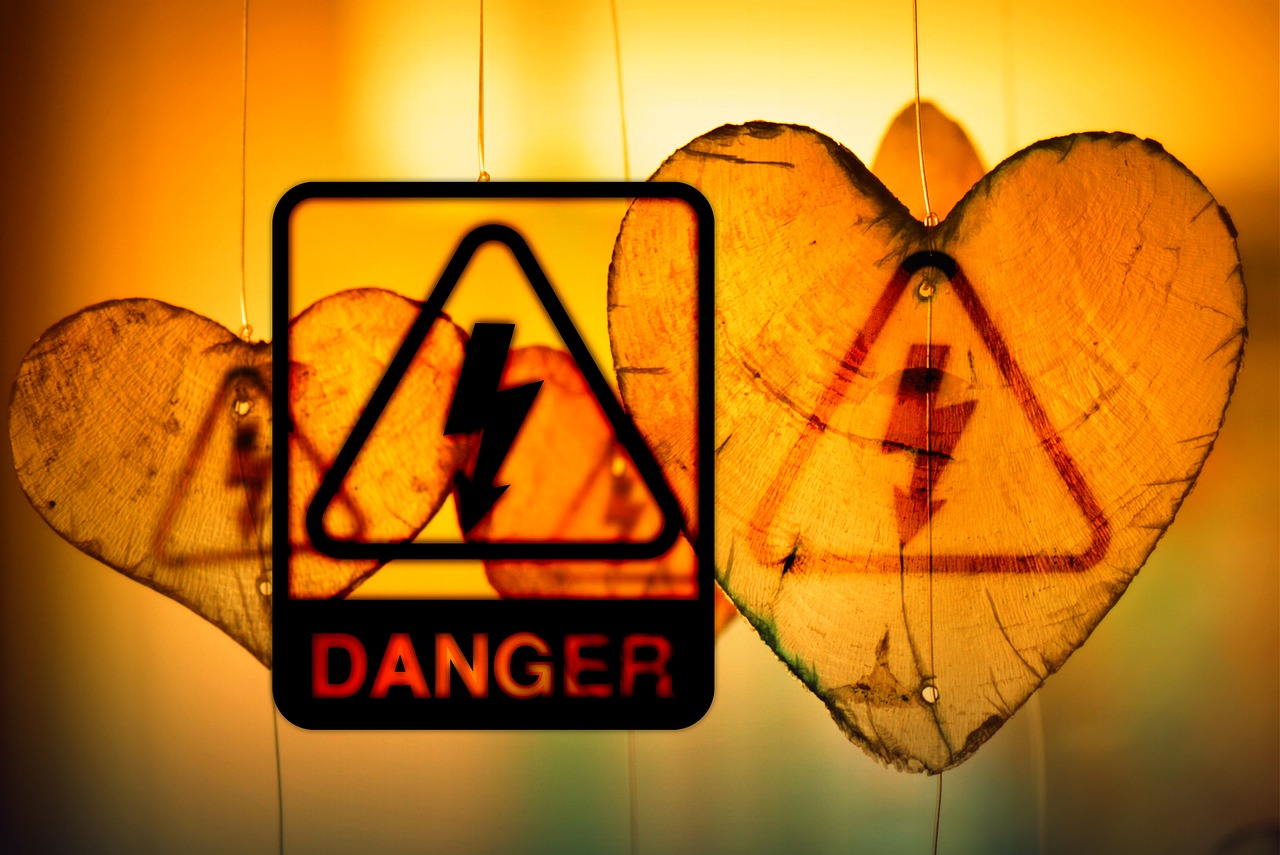Contributing writer for Wake Up World
The moon has long been a source of wonder and inspiration to humans. Often associated with the mysterious feminine energy and the dreamy, irrational side of life, it has been held responsible for inspiring visions, revelations, and even madness.
Back in the days before artificial light, humans couldn’t help but be directly affected by, and aware of, the varying stages of its cycles. When the moon was full, people could be more active as the light enabled them to engage in activities like hunting and celebrating, while the dark nights of the New Moon were more suited to quiet, more internally focused, reflective activities. Women especially experienced an intimate connection because our own body cycles closely mirrored those of the moon. Yet, as humanity has distanced itself from nature in general, living in increasingly artificial conditions, the synchronous relationship between humans and lunar cycles has diminshed.
“The true joy of a moonlit night is something we no longer understand. Only the men of old, when there were no lights, could understand the true joy of a moonlit night.” ~ Yasunari Kawabata, Palm-of-the-Hand Stories
However, as distant as modern life is from the days of living by the lunar phases, there are still many who claim that, whether we are aware of it or not, humans are affected by the subtle influence of our closest celestial body. Issues ranging from difficulty sleeping to increased crime rates and hospital visits have been linked with the effects of the Full Moon. What is interesting is that, although there are many who insist that the lunar influence is a reality, science has largely claimed that the perceived effect of the moon on the inhabitants of Earth is a myth with no basis in fact. Many mainstream science articles espouse a condescending tone, disparaging those who believe the moon affects us and arguing such beliefs belong in the realms of magical thinking. (And once again, an aspect of the divine feminine is denigrated and dismissed.)
Those scientific findings, however, are not consistent with the disparaging rhetoric. For example, one article published in the BMJ (British Medical Journal) examined the incidence of crimes reported to three police stations in different towns (one rural, one urban, one industrial). The period of the study covered a four year period. The findings revealed that the incidence of crimes committed on Full Moon days was significantly higher than on all other days.
In relation to sleep disturbances, a report appearing in Current Biology (a Cell Press publication) provided some compelling scientific evidence that suggests that moon influences are a reality. The findings support the idea that even though we have distanced ourselves from nature we continue to respond to the geophysical rhythms of the moon. “The lunar cycle seems to influence human sleep, even when one does not ‘see’ the moon and is not aware of the actual moon phase,” stated Christian Cajochen of the Psychiatric Hospital of the University of Basel.
In the study quoted above, researchers monitored the brain patterns of 33 volunteers in a lab while they slept. The data demonstrated that around the Full Moon, brain activity related to deep sleep dropped by 30 percent. People also took an average of five minutes longer to fall asleep, and they slept for twenty minutes less time overall. Study participants also showed diminished levels of melatonin, a hormone known to regulate sleep and wake cycles.
“This is the first reliable evidence that a lunar rhythm can modulate sleep structure in humans when measured under the highly controlled conditions of a circadian laboratory study protocol without time cues,” the researchers say.
Additionally, in a recent article published in 2015 in the Oxford University Press, author Earnest Naylor states that increasing evidence supports the theory that moon cycles affect living organisms. Their findings show that circalunar biological clocks (lunar related patterns) are embedded in the genes of many creatures including marine, fresh water and dry-land species.
So although there is no clear consensus in the scientific arena on whether lunar influences are fact or fiction, there is enough evidence to suggest that those who feel, or believe in, the moon’s ability to affect us, might not be so silly after all. If animals are genetically wired to the cycles of the moon, it hardly seems like a wild, misaligned leap of logic to think that humans might be as well. Because although we like to distance ourselves from our fellow creatures, seeing ourselves as superior beings, that fact remains that our bodies are of the Earth and inescapably subject to its natural laws. Really, since humans have spent the majority of our evolution in deep relationship with lunar cycles it would seem strange if we, unlike the majority of life on Earth, had not internalized these rhythms at a deep level.
Moreover, we know that the moon through its gravitational pull creates the powerful tides in the ocean. Since our bodies are as much as 80% water, and the brain’s percentage is even higher, it would be surprising if the moon didn’t have some affect on us.
As an interesting aside, on the opposite end of the spectrum of scientific belief we have people like David Icke and Montalk, who believe that not only does the moon have an effect on us, but that it was intentionally created to act as a key part of the matrix of control, distorting the universal frequency and keeping humanity operating within a low vibrational range.
Personally, I prefer to follow my inner knowing rather than rely on any external authority or opinion. I have found that, by tuning into the moon’s progression, I feel much more deeply connected to my environment. By aligning my activities with the phases of the moon I generally feel more in the flow, and more productive in my activities.
“[The moon]… is an example of practiced stability… It wanes when it must, and reliably returns to full strength… It is a humble model of reasonable potential that I can emulate, and follow.” ~ Terry Crawford Palardy
Aligning to the Rhythm of the Moon
For those interested in aligning more with the rhythm of the moon, I will provide a brief breakdown of the basic moon phases. Each phase lasts approximately 4 days, with the peak of each phase falling in the middle. The period from the New Moon to the Full Moon, when it appears to be growing, is called the Waxing period. This is a great time to focus on that which we want to see grow and expand. The period from just after the Full Moon until the New Moon, when it appears to getting smaller, is called the Waning period. This period is excellent for successful endings and release.
New Moon: The days when the visible moon is smallest and the night is darkest. This phase is a good time for deep internal work, for quiet introspection. It’s also a time for planning, for exploring options and approaches and identifying what we want to bring into fruition. Key word: beginnings
Crescent Moon: The visible surface of the moon is expanding. This is the time for honing ideas and setting intentions. Keyword: catalyst
First Quarter Moon: Time for getting busy and taking actual steps to bring an idea into fruition. Keyword: action
Gibbous Moon: This is a great time to go over plans, polish, make changes and adjustments Keyword: refining
Full Moon: The size of the moon is at its peak and its influence acts to magnify. This is a time for finishing, and celebration. Keyword: completion
Disseminating Moon: This is a great time for connecting with others, and for expressing gratitude. Keyword: cooperation
Last Quarter Moon: With the visible moon growing smaller it is a great time to release that which no longer serves. Activities that involve quitting or lessening are ideally initiated in this phase. Keyword: release
Balsamic Moon: A quiet time to look within. Time to nourish the soul, to take time out for self and build up strength. Keyword: recuperate.
References:
- www.ncbi.nlm.nih.gov/pmc/articles/PMC1444800
- www.ncbi.nlm.nih.gov/pubmed/16407788
- www.eurekalert.org/pub_releases/2013-07/cp-bns071813.php
- www.eurekalert.org/pub_releases/2015-11/oupu-aym110215.php
- www.spiritualresearchfoundation.org/spiritual-problems/effects-of-nature-and-environment/new-full-moon-effects
- www.faculty.washington.edu/chudler/moon.html
About the author:
Christina Lavers is a writer, an artist, a creative enthusiast, and an inner world explorer. Born in Montreal Quebec, Canada, she now lives with her life partner and son in a rainforest pocket in the hills behind Coffs Harbour, NSW Australia. She spends her time playing, creating, growing and sharing.
Christina is devoted to assisting people to find and connect with their own creative magical current that flows deep within. She is now offering a comprehensive e-course designed to help people light up their world with passion and creativity. You can access Section One here for free!
Christina has also recently published her first full length book, a memoir about her wild awakening journey entitled Jump Into the Blue, and she is currently working on the next one.
“My journey has been about personal alchemy… exploring the mysteries of my soul and my environment, and learning to bring all aspects, the light and the dark, together with the transcending ingredient… love. The more I uncover and nurture the wounded aspects of my being, the more whole and grounded I feel and the more my outer world reflects the love, wonder and magic I have discovered inside”.
You can follow Christina’s work at:
Recommended reading by Christina Lavers:
- Are You a Bridge Between Two Worlds?
- Addictive Behavior Related to Low Levels of Oxytocin, the “Love/Bonding Hormone”
- 10 Signs You’ve Bought Spin
- New Study Shows Regular Contact with Nature Reduces Crime, Increases Social Cohesion
- Sugar is as Addictive as Cocaine – Here’s How You Can Kick the Habit
- Research Shows Just 7 Minutes of Meditation Can Reduce Racial Prejudice
- Taking Care of Our Inner Tribes – Microflora, Awakening and You
- Groundbreaking Study Maps the Decline of Wild Bee Communities in the United States
- Taking Responsibility For Our Energy
- More Evidence That TV is Dumbing Us Down
- Synchrony and Exertion of Dancing Found to Encourage Social Bonding, Raise Pain Threshold
- Quitting Smoking? Try These Herbs, Tips and Incentives to Help You Succeed!
Source Article from http://wakeup-world.com/2016/05/07/do-lunar-cycles-really-influence-us/
Related posts:
Views: 0
 RSS Feed
RSS Feed

















 May 6th, 2016
May 6th, 2016  Awake Goy
Awake Goy 









 Posted in
Posted in  Tags:
Tags: 
















